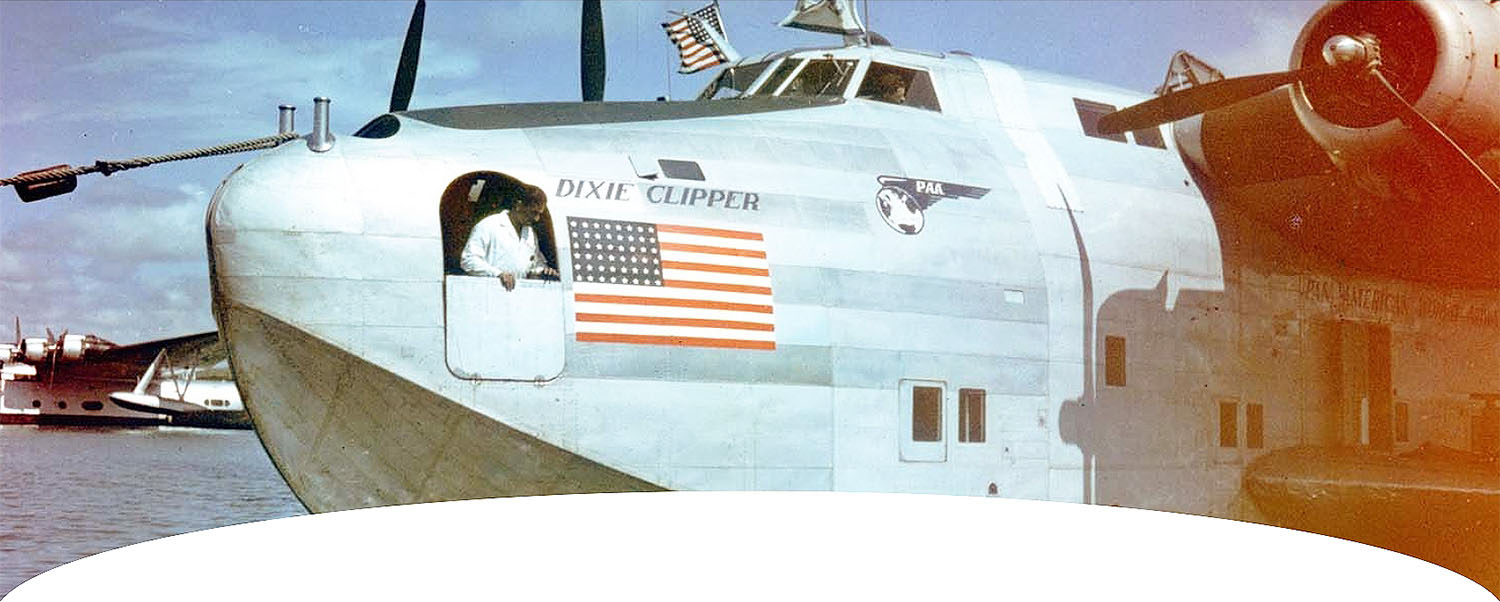ERA | WORLD WAR TWO
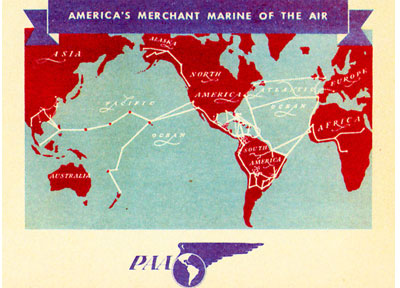
Pan Am's Air Ferry Service to Africa in World War 2: August 18 [1941] Pres. Roosevelt announced plans for the world’s most ambitious airways project.
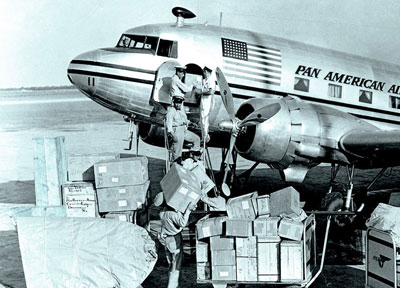
Clipper Cargo background notes: A timeline of the history of Pan American World Airways Cargo operations 1930-1940.
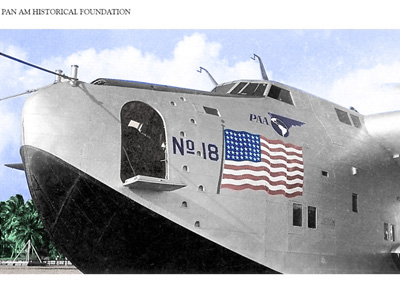
A B-314 in World War 2: "The 'Round The World Saga of the "Pacific Clipper" by John A. Marshall (1999), appeared in "Air and Space Magazine."
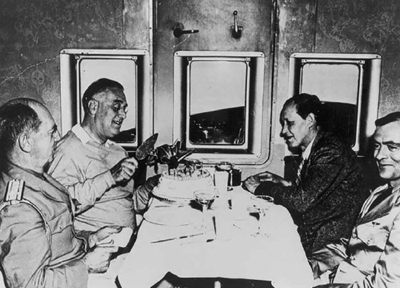
The Commodore and the President, from John C. Leslie's memoir: Arranging Pres. Roosevelt's daring WW2 flight to Casablanca on B-314 Dixie Clipper.
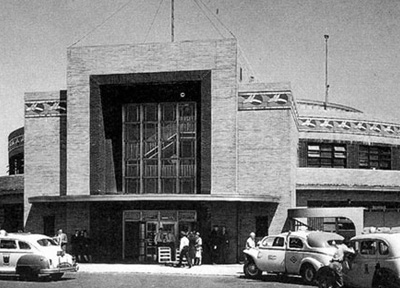
Marine Air Terminal (MAT) at LaGuardia, still in operation, was New York's first true airport where Pan Am's Clipper ships flew.
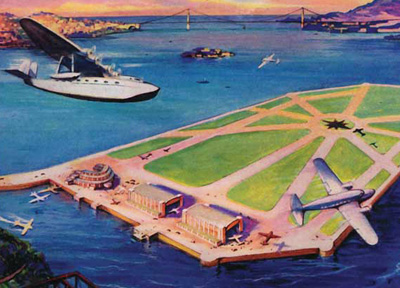
The building of Treasure Island Terminal and seaplane base in San Francisco Bay, and the Pan Am flying boats that took part in World War Two.
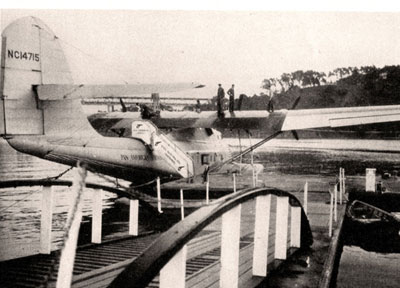
The M-130 China Clipper was the first out of the gate, but it was the Philippine Clipper that saw WW2 up close on Wake Island in 1941 for Pan Am.
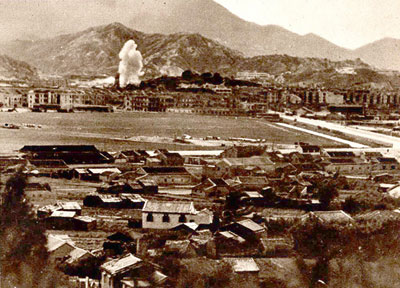
War Claims a Clipper: Six hours after the Pearl Harbor attack, at Kai Tak Airport, Hong Kong, December 8, 1941: 6:50 a.m., local time (Dec. 7, 1941, 12:20 p.m.)

"When Passengers Were News." Pan Am's flying clipper ships were a lifeline in June 1941, prior to United States' involvement in World War Two.
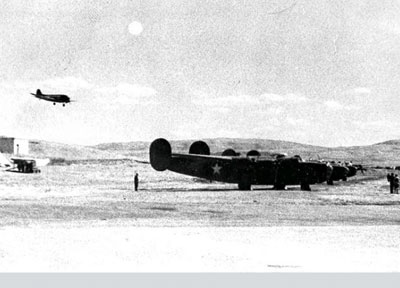
"The Day Wendell Willkie Chose To Fly Pan Am" by Tom Culbert: Willkie's tour around the world for FDR, and a story about an unusual WW2 mission.
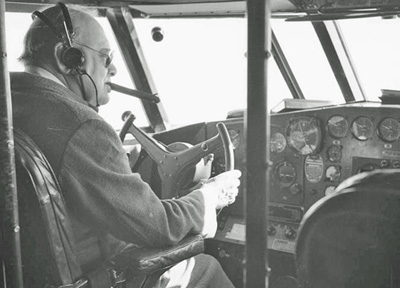
After the Pearl Harbor attack, Churchill sailed to Washington DC to meet with FDR, but flew home on the B-314 Clipper Berwick due to safety concerns.

